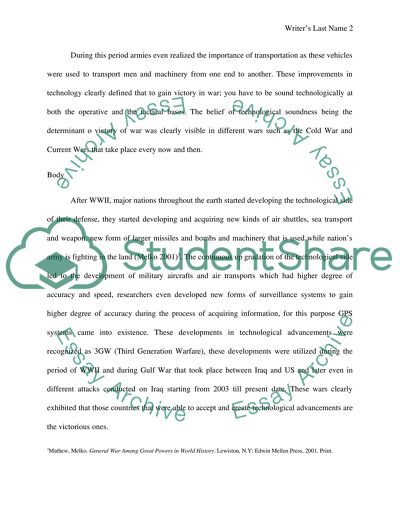Cite this document
(How the Concept the Technological Ability of a Nations Army Can Win Research Paper, n.d.)
How the Concept the Technological Ability of a Nations Army Can Win Research Paper. Retrieved from https://studentshare.org/military/1453223-how-far-can-military-technology-be-seen-as
How the Concept the Technological Ability of a Nations Army Can Win Research Paper. Retrieved from https://studentshare.org/military/1453223-how-far-can-military-technology-be-seen-as
(How the Concept the Technological Ability of a Nations Army Can Win Research Paper)
How the Concept the Technological Ability of a Nations Army Can Win Research Paper. https://studentshare.org/military/1453223-how-far-can-military-technology-be-seen-as.
How the Concept the Technological Ability of a Nations Army Can Win Research Paper. https://studentshare.org/military/1453223-how-far-can-military-technology-be-seen-as.
“How the Concept the Technological Ability of a Nations Army Can Win Research Paper”, n.d. https://studentshare.org/military/1453223-how-far-can-military-technology-be-seen-as.


